Ross art hub, Made in Ross, has welcomed its newest member, glasswork artist Lisa Coles.
She’s made a number of glass pieces from local scenes, including May Hill and the Kymin. She also enjoys a medium where she gets to play around with texture as well as colour.
She said: “I feel very proud to be part of Made in Ross, and not a day goes by where we don’t think how lucky we are to live here, in a wonderful part of the community.”
Lisa won first prize for painting at the National Eisteddfod of Wales in 1984; since then her creative adventures have included illustrating flowers for Kew Gardens and David Attenborough, designing for Saatchi and Saatchi, and creating artwork for Halcyon Days, Bond Street, while over the past 20 years she has worked in Further Education in the London’s East End.
She said it was a privilege to support the progression of so many wonderful and talented students.
For 27 years she enjoyed teaching, where as a teacher she was able to grow further as a creative.
Two years ago, after losing her father, Lisa moved to Ross and discovered the medium of glass, picking up glass fusing and immiadiatly loved it.
She said: “I am drawn to both its strength and fragility, and my part in being able to manipulate and control it.
“I enjoy exploring how one might encase elements, even metal, within layers of glass. I like to use texture and light refraction to entice the viewer to touch, even though they know how fragile glass is. Much of my work, even the bowls, feature surface texture.”
Most days Lisa can be found in her studio teaching glass fusing and making art. The basis of this art form comprises carefully positioned pieces of coloured glass that are cut and shaped by hand and fused together in a kiln.
Texture, colour, and shade are added through the use of powdered and crushed glass that are carefully layered.
With the right heat treatment, metals like silver, copper, and brass can be encased in glass. The alloys oxidise in the heat and create unpredictable effects.
As any one piece of work progresses it undergoes multiple firings in the kiln, each lasting more than 12 hours, and the temperature rises to in excess of 700C. It is also held at an annealing temperature for an hour or more, depending on thickness, which strengthens the glass and makes it durable.
Painting techniques can be applied to glass; once a drawing or paint effect has been applied it needs to be fired.
Lisa enjoys experimenting and applying painterly techniques to get unusual effects. The more unusual the better!
Once completed the glass has to be fired for the stain or vitrious glass to cure. It can be embellished using hand engravers and sandblasting, with the surface decoration applied as a final process which can be subtle or else used to carve out a relief.
Gift cards will be available at Made in Ross where people can buy a “making afternoon” a workshop for people who are interested in making glass.
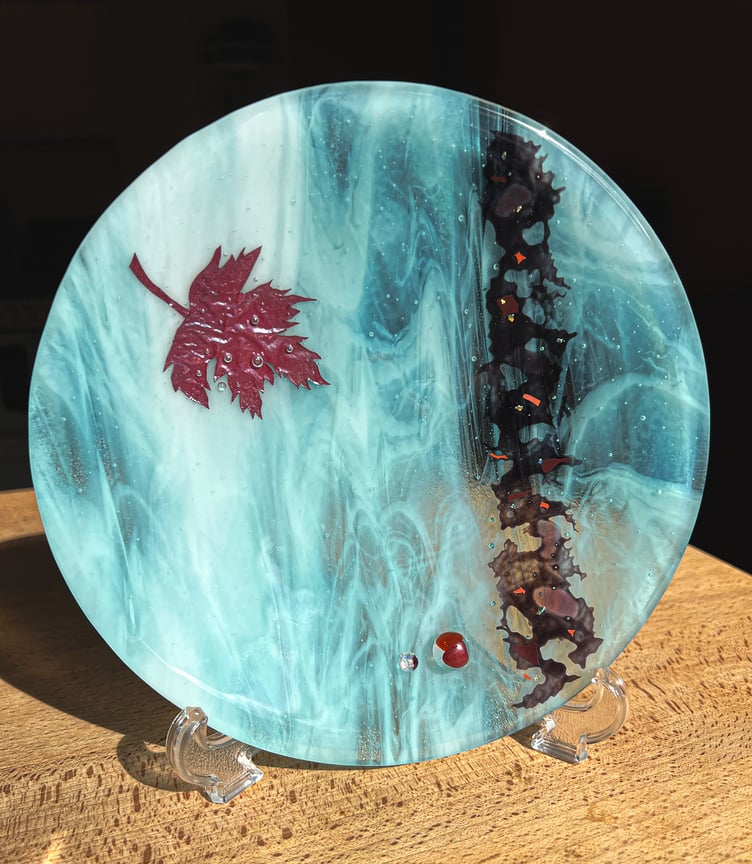
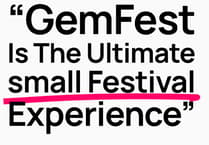
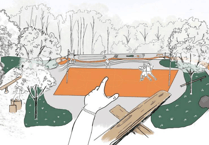
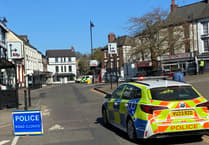
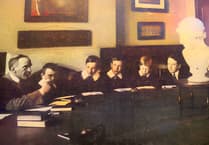
Comments
This article has no comments yet. Be the first to leave a comment.